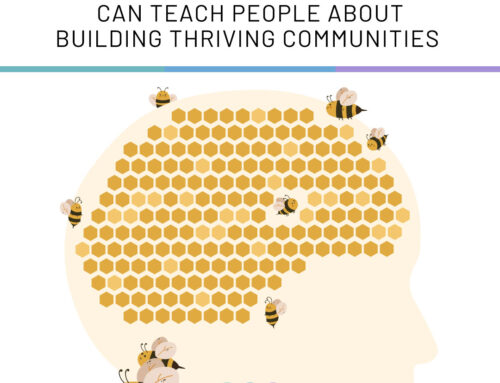May has always been one of my favorite months of the year. The cold has finally loosened its grip, and summer is just around the corner. But it’s not the promise of picnics on the National Mall or games at Nationals Park that makes this month so special to me; it’s Asian American, Native Hawaiian, and Pacific Islander (AANHPI) Heritage Month. Although the official observance was last month, the need for brands to authentically represent our cultures and recognize our stories is just as urgent today.

Each year, AANHPI Month brings with it a deep sense of pride for me. As a Filipino American, it is one of the few times the Asian community receives meaningful recognition, and I cherish that spotlight. But alongside that pride, I often feel a pang of frustration in how our community is often seen through a generalized, branded lens.
Too often, AANHPI Month is reduced to a shallow celebration. Scroll through social media or browse brand campaigns, and you’ll likely see the same visuals: red lanterns, koi fish, cherry blossoms, and dragons. These symbols are beautiful, but they are not a true representation of the many wonderful and unique Asian communities.
Asia is the largest continent in the world, made up of more than 40 countries, home to over 2,300 living languages, and rich with a diverse range of religions, ethnicities, and cultural histories. Yet year after year, that vast diversity is watered down into a superficial aesthetic that centers East Asia, while ignoring so many others in the AANHPI umbrella.
I rarely see parts of my Filipino American culture represented—no jeepneys, no mangos, no Tinikling dance. Cherry blossoms and dragons don’t speak to my heritage the way they might to someone from Japan or China. And that lack of visibility does not accurately portray the full band and brand of Asian culture.
When advertisers reduce Asia and AANHPI identity to a single story, we miss the mark, and we lose an opportunity to connect more broadly.
Representation Is More Than a Moral Decision—It’s Smart Strategy
Authentic representation is also a smart business decision. Asian Americans are the fastest-growing racial minority in the United States and wield over $1.3 trillion in purchasing power. We have an engaged, enlightened, and increasingly vocal consumer base.
Brands that want to earn our trust and our business must be willing to move beyond surface-level gestures. That means doing the work: hiring creatives from our communities, listening to our stories, and investing in campaigns that reflect the complexity of AANHPI experiences.
It means knowing the difference between Diwali and Lunar New Year. It means featuring South Asian, Laotian, Hmong, and Pacific Islander voices—not just what’s most familiar or visually appealing. Representation must be intentional, not performative.
What Inclusive Branding Actually Looks Like
So, what does authentic representation look like? From my perspective, it comes down to a few key principles:
- Do your homework. Understand the communities you’re engaging with. Not all Asian cultures share the same holidays, customs, or values.
- Hire authentically. Representation should extend beyond on-camera talent to those behind the scenes: writers, designers, and decision-makers.
- Avoid tokenism. A single campaign during AANHPI Heritage Month is not enough. True inclusion happens year-round.
- Tell complex stories. Go beyond stereotypes and surface-level imagery. Highlight the depth, resilience, humor, and diversity within AANHPI communities.
Asia Is Not a Monolith—And Neither Are We
The AANHPI community is not a single story. We come from different places, speak different languages, practice different religions, and carry different histories. To reduce us to one narrative is not only inaccurate but also harmful.
But when brands take the time to embrace our complexity, the results are powerful. We feel seen. We feel respected. And we show up with our money.
Because at the end of the day, representation means doing the work to understand people as they are, not as simplified versions that fit a familiar narrative.


